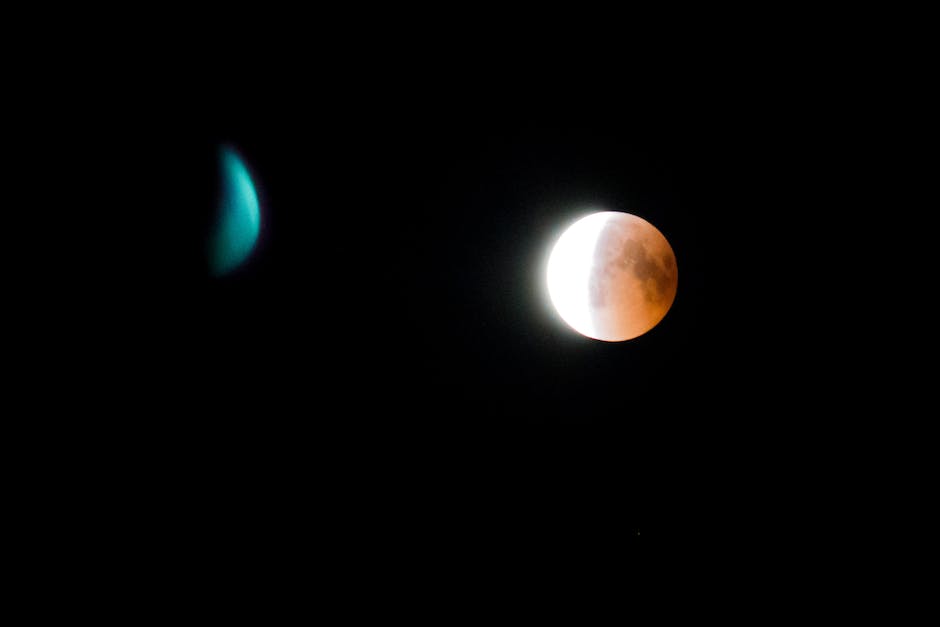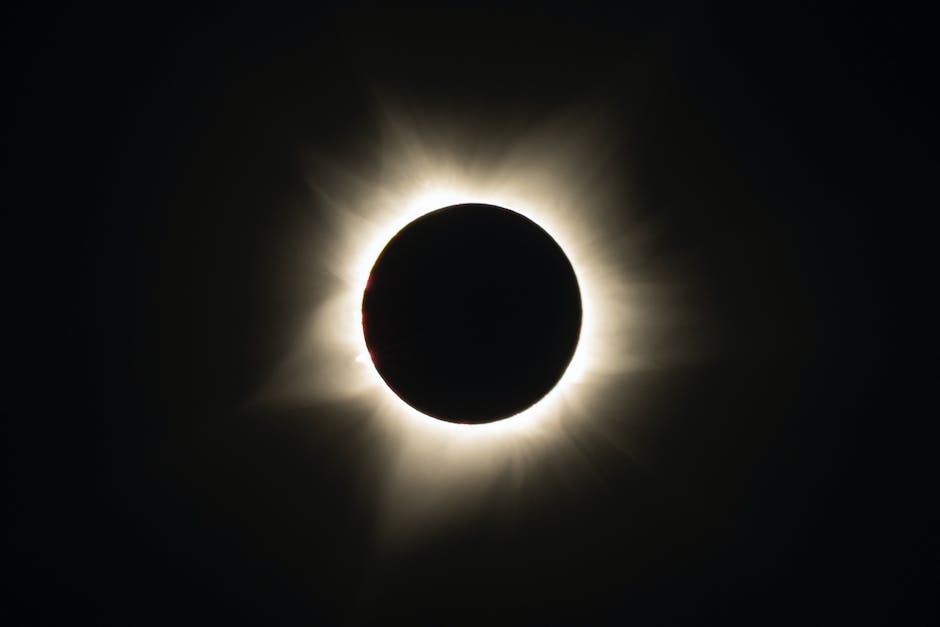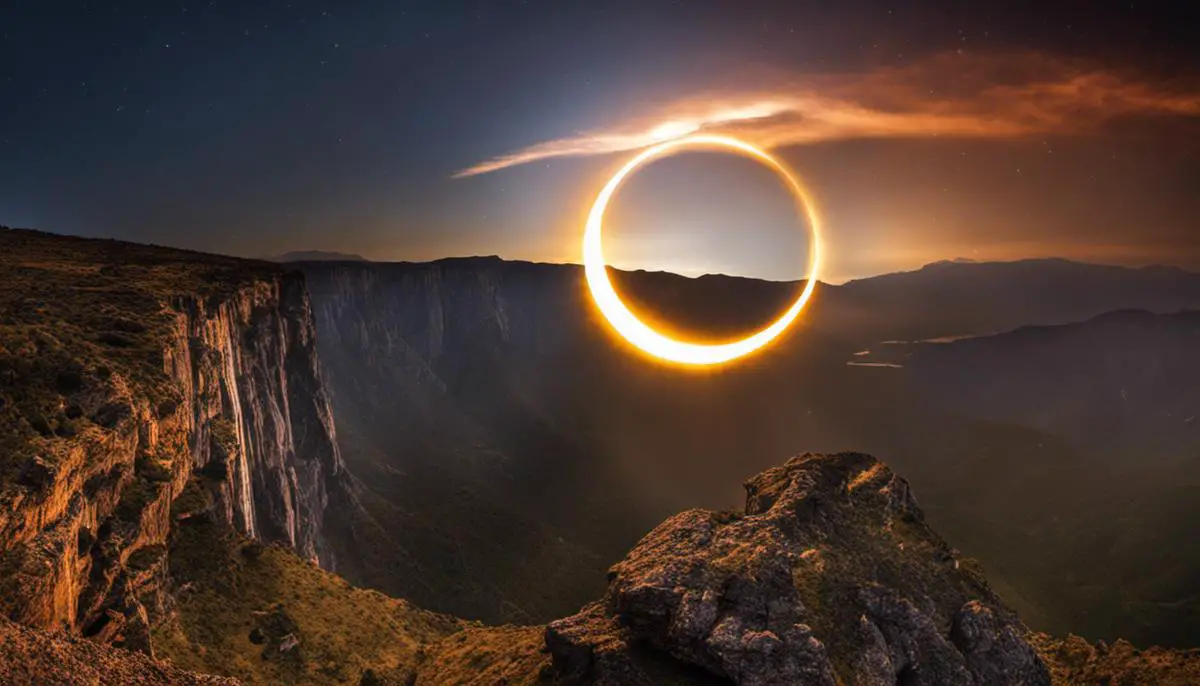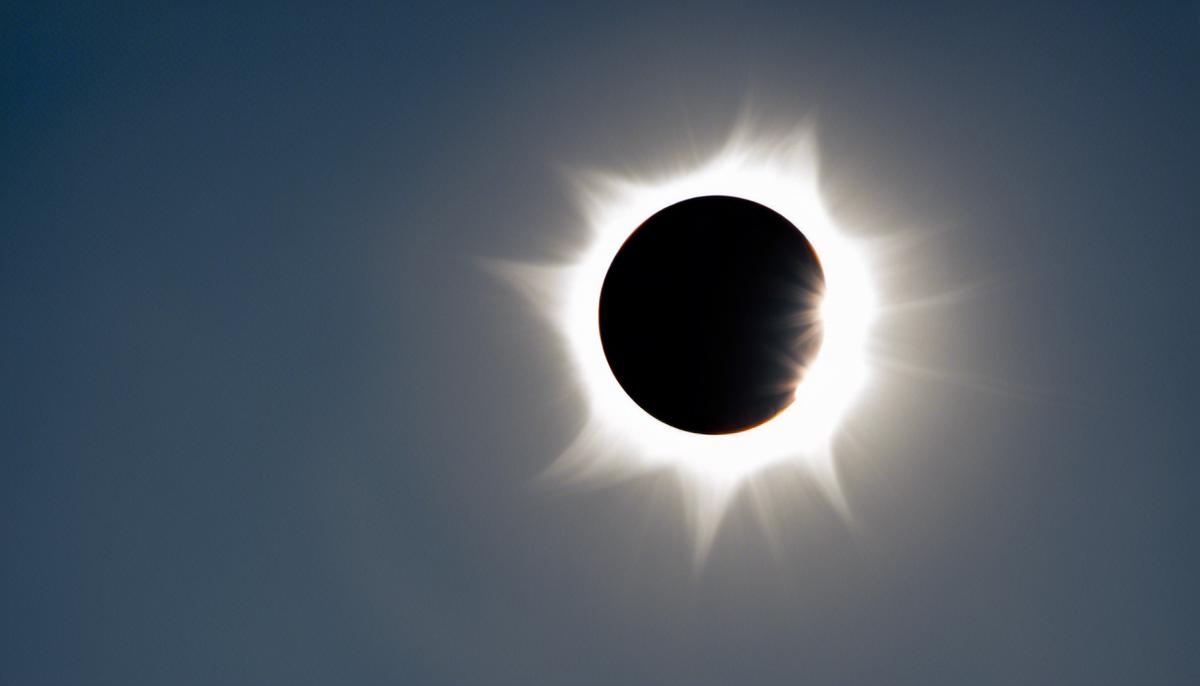Gazing into the vast expanse of the sky and witnessing celestial bodies perform their cosmic dance is an awe-inspiring experience. Among the myriad phenomenal spectacles in the heavens, an annular solar eclipse undoubtedly stands out as an extraordinary event. This essay will explore the captivating concept and background of Annular Solar Eclipses; a rare astronomical event that is often described as a ‘ring of fire’ in the sky. Beyond the stunning visuals it presents, the annular solar eclipse is a convergence of Earth, Moon, and Sun, each playing a significant role in choreographing this celestial spectacle. The essay further delves into the specifics of the forthcoming Annular Solar Eclipse in 2023. Understanding where and when it can be viewed best, its duration, and its unique characteristics will equip you with the knowledge to fully appreciate this event. Furthermore, with the excitement and curiosity that accompanies these events, vital emphasis must also be placed on the safety guidelines for viewing an eclipse to protect one’s eyes from harmful solar radiation.
Concept and Background of Annular Solar Eclipses
Understanding Annular Solar Eclipses
An annular solar eclipse is a truly awe-inspiring celestial event – a dance of the sun, moon, and earth in perfect alignment. However, to fully appreciate its magnificence, one must first understand the mechanisms at play behind this phenomenon.
An annular solar eclipse is a specific type of solar eclipse, the term solar eclipse referring to any event where the moon obstructs our direct view of the sun. The term ‘annular’ is derived from the Latin word ‘annulus’ meaning ring, indicating the distinct ‘ring of fire’ appearance that characterizes these events.
Four key celestial conditions must be satisfied for an annular solar eclipse to occur. Firstly, the moon must be in its New Moon phase, a point in its orbit where it is aligned between the Earth and the Sun. Secondly, the moon must be situated near its apogee, which is the point in its elliptical orbit that is furthest away from the Earth. This distance reduces the apparent size of the moon in the sky.
Now, we come to the third condition, that deals with angular alignment. The Sun, Moon, and Earth need to be closely aligned in a line (syzygy), but not perfectly. This is because perfect alignment causes a total solar eclipse, which is a different phenomenon. In an annular solar eclipse, the angular size of the Moon is slightly smaller than the Sun due to its apogee position, allowing a thin ring of sunlight to be visible around the moon.
Lastly, for an observer on Earth to witness an annular solar eclipse, they must be located in the path of the moon’s antumbra, which is the area where the moon appears to cover the sun partially. This path is generally narrow, causing annular eclipses to be visible from a smaller portion of the Earth as compared to total or partial solar eclipses.
Ensuing the intricacy of these conditions, it becomes evident why annular solar eclipses are rare occurrences. Shedding light on these preconditions also helps to illuminate why eclipse prediction was such a landmark achievement in the history of astronomy, and continues to be a source of great fascination for scientists and stargazers alike.
In essence, an annular solar eclipse is a sublime testament to the predictable yet complex mechanics of our solar system. The knowledge that such precision exists organically, with no intervention from the hand of man, is simultaneously humbling and invigorating, continually propelling the passion to further explore and understand the universe we inhabit. The splendor of an annular solar eclipse remains unbounded, a quiet reminder of cosmic grandeur and astronomical precision. In the world of celestial events, one could confidently argue, there is no spectacle quite like it.

Annular Solar Eclipse 2023 specific
Delving further into specifics, the eagerly anticipated 2023 Annular Solar Eclipse, expected to grace our skies on October 14, carries unique characteristics that will engross both the academic community and avid sky observers alike. This particular spectacle will be sighted predominantly over the Western Hemisphere, spanning areas such as Central America, the Continental US, and the South-East Pacific. As it transpires, not only does the event represent another marvel of cosmic phenomena, but it also furnishes a remarkable opportunity for scientists to undertake critical solar research.
Moving the lens to more technical aspects, it is key to highlight the intriguing occurrence of Baily’s beads during an annular solar eclipse. Named after British astronomer Francis Baily, these luminescent beads are a factor of both the rugged lunar topography and light diffraction, where a string of bright spots is observed around the Moon’s disc as sunlight streams through lunar valleys. In the 2023 event, observers located along the path of annularity will be captivated by this scintillating display, a cosmic phenomenon that has helped scientists comprehend the scraggy terrain of the Moon.
Additionally, the 2023 event will have an annularity duration of approximately 5 minutes and 17 seconds, signaling a longer than average cosmic display. Rest assured, an event of such a duration will provide ample time for astrophotographers to seize the stunning ‘ring of fire’ and for scientists to conduct their vital examinations.
Moreover, the Saros Cycle, a period of approximately 18 years, 11 days, and 8 hours between identical solar and lunar eclipses, plays a cardinal role in eclipse prediction. This particular annular solar eclipse belongs to Saros series 134, which is composed of 71 eclipses and spans more than a millennium, from 1248 AD to 2510 AD. The 2023 event is the 53rd eclipse of the series, lending an additional layer of fascination to the forthcoming spectacle.
Solar eclipses, specifically annular ones, are esteemed occasions that enable scientists to study the Sun’s outer atmosphere, or corona, as it becomes visible due to the Moon’s obstruction. These observations are crucial for understanding solar wind and its impact on earth-bound technologies, and we anticipate that the 2023 event will provide invaluable data towards this endeavor.
Furthermore, an annular solar eclipse serves as an exceptional learning opportunity for communities to witness firsthand the solar system’s ballet. This event can act as a fulcrum to enhance science literacy while fostering excitement and curiosity about our cosmos among both children and adults alike.
The 2023 Annular Solar Eclipse, with its notable traits and significant potential for scientific investigation, is a much-awaited event. It is a testament to the celestial chess played by the Sun, Moon, and Earth, providing Earth’s denizens a front-row seat to the magnificence of our solar system. Remember to experience this event with suitable and safe techniques, safeguarding one’s eyes while marveling at the dynamism of our cosmos. The universe, with its grand celestial events such as this, remains a testament to the limitless quest for knowledge and the enduring intrigue of astronomy – a reminder that there is always more to explore, understand, and appreciate.

Viewing and Safety Guidelines
Observing an annular solar eclipse is a magnificent experience that can be enhanced by understanding its uniqueness within celestial mechanics. Additionally, it is paramount to balance this understanding with the safety measures to be observed during this event. The 2023 Annular Solar Eclipse, in particular, can serve as a notable scientific occasion as well as a captivating educational and community experience if observed diligently with safety precautions. Safety is, indeed, a fundamental element not to be compromised because of the potential risks associated with exposure to solar radiation on our delicate human vision.
Essential preventative measures include never viewing the partially eclipsed Sun directly without appropriate safety equipment. The Sun’s photosphere can cause grave damage, even blindness, to the retinas of the eyes because it produces intense visible and invisible radiation that our eyes are not designed to handle. Eclipse glasses, or solar viewers, that meet ISO 12312-2:2015 standard can be used for safe viewing. It’s important to verify the integrity of these glasses before use, looking out for scratches or any damage that could compromise safety.
The use of common sunglasses, no matter how dark, is strictly discouraged as they simply do not provide sufficient protection against harmful solar radiation. Similarly, unfiltered cameras, telescopes, binoculars, or any other optical device pose significant risk as they intensify the Sun’s damaging radiation instead of diminishing it.
Safe ways to view the eclipse indirectly include using pinhole projectors or casting the Sun’s image onto a white surface using lenses or mirrors, allowing a group of observers to view the projection simultaneously. Solar filters specially designed for telescopes or binoculars may also be used. Digital methods are another safe alternative. Live-streaming of the event allows celestial enthusiasts who do not fall within the annular path or live in unfavorable weather conditions to still partake in this phenomenon remotely.
For educators and event organisers, it is immensely significant to impose and relay these safety measures to ensure a risk-free learning experience that harvests the wonder of the cosmos. When observed safely, an annular solar eclipse can be an immensely educational experience, prompting discussions on the mechanics of the solar system, emphasizing the importance of solar research, and fostering communal engagement with the astronomical sciences.
Unquestionably, the Annular Solar Eclipse of 2023, with its distinctive geography and place within the Saros Cycle, presents a unique opportunity for exploration into the cosmic depths of our universe. As observers gear up to catch a glimpse of Baily’s beads and experience the beauty of the “ring of fire”, these safety measures become an integral part of this celestial spectacle. This moment may be transient, but the knowledge garnered by safely observing, studying, and reveling in such an event epitomizes the essence of our journey into the universe. The enigma of the cosmos continues to captivate humanity in our ceaseless quest towards the understanding of astronomical phenomena. Indeed, Earth’s dance with the Sun and Moon during an annular solar eclipse epitomizes the precision and grandeur of our vibrant solar system.

The up-and-coming Annular Solar Eclipse in 2023 is a testament to the cosmic grandeur that surrounds us, and every opportunity to witness such events should be seized. This information aims to inspire and equip you on how best to behold this celestial phenomenon. Recognizing the precise pattern behind it, acknowledging the exact time, and understanding its unique characteristics will undoubtedly enhance the experience. Yet, amidst the thrill of witnessing this event, it’s imperative to remember the significant emphasis placed on adhering to safety guidelines to prevent any harm. An informed and careful observer not only enjoys the beauty of the astronomical display but also sustains the ability to ponder over many such future spectacles. Let the knowledge presented guide you to a beautiful and safe eclipse viewing experience in 2023.
![]()
